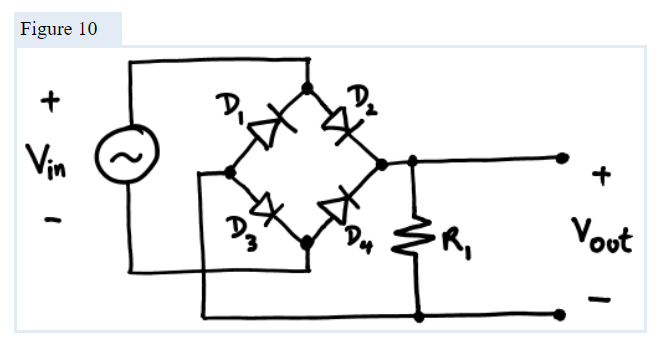It could be a part of a bleeder resistor idea for the later part of the circuit.
If there is a capacitor somewhere, it may remain charged for a long time after the circuit is switched off. This may harm a person who opens the circuit or touches the output, expecting there to be no power because circuit is switched off. To make sure this person is safe, a large resistor is added, calculated in a way to discharge the capacitance in a minute or so. Somewhere around 1 MOhm.
If resistance is about 50 Ohm, then it is likely the author put it there as an example of a load, 'connect your load here, like this'.
In any case, this resistor is not strictly needed for this circuit to operate.
